Having been a CAD devotee for many years, I was blown away when I saw my first Revit project almost 10 years ago. I was excited to see the capabilities and I couldn’t wait to download a trial and poke around in the sample project a consultant had given me. Many nights hunched over a struggling underpowered laptop later, I learned all that I could on my own and even took a Revit New User class in the very office that I now reside. I saw much potential for the future and decided that I wanted to be part of it. Looking back now, I can tell you that Revit has come a long way since the first time I saw it. Let’s discuss the improvements that will make your teams more productive and improve the quality of your project deliverables.
Visual Improvements
The latest version of Revit has important improvements that users have been requesting, as well as changes that may not be noticed. Overall improvements in display graphics with a new Sketchy Lines Visual Style and better Ray Trace performance give designers more choices for presentations and makes visualization less time consuming.
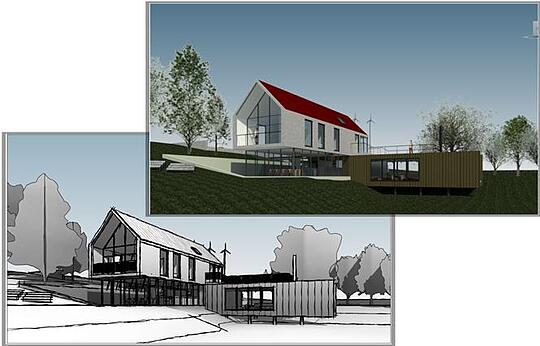
Display of hidden lines allows for greater control of how objects are displayed. This helps clarify relationships of objects not normally visible in hidden views.
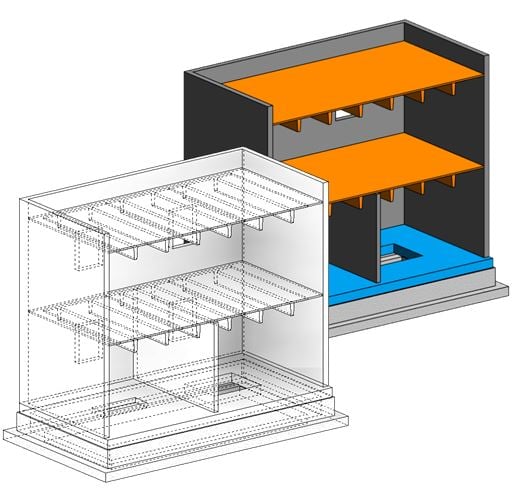
Documentation Improvements
Enhancements to the scheduling/material takeoffs have increased the amount of information that can be scheduled from a Revit project. “Grand Total” fields are now more flexible and can be customized to fit your reporting requirements. Schedules can also now include an image and can be controlled at the Type or Instance level, once the shared parameter is added, for greater control and appear when placed on a sheet. Images can be managed through the “Manage Images” dialog for greater control.
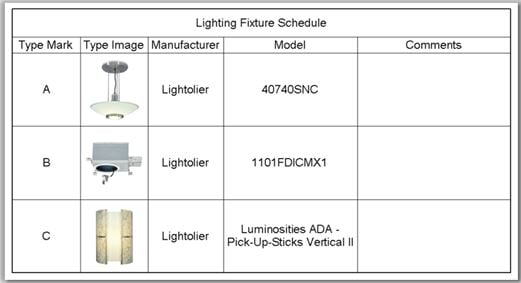
Other logical enhancements related to Views such as double-click to activate/deactivate viewports in sheets to new naming convention for copied views, are user-requested features that are finally making it into the software. Let’s not forget about the new ability to change a reference view after it has been created making referenced view management much easier.

Changes to View Title Families now have additional functionality that add shared parameters to labels to display more detailed information in your Views.
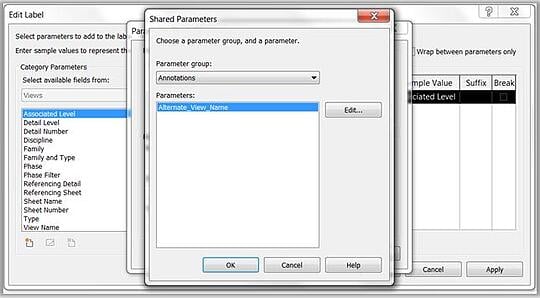
IFC linking improvements allow much greater control over IFC elements, and easy reloading of project files make updates seamless. Streamlined dialogs help deliver design accuracy and eliminate the need to convert to Revit prior to import.
Energy Modeling has also seen improvements. Improved calculation methods provide greater handling of Revit elements and better recognize plenum spaces and voids above ceilings.
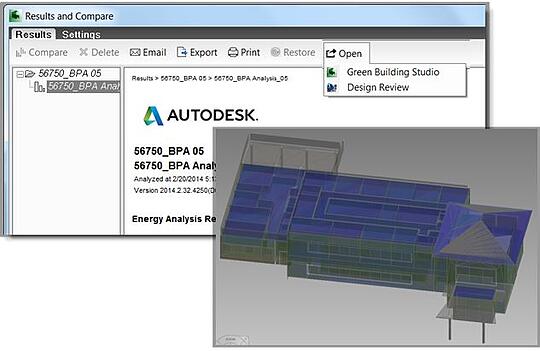
Overall enhancements to Manage Links allow the user to link a Revit model, CAD file or Point cloud directly from the dialog box and simplifies linking complex project files.
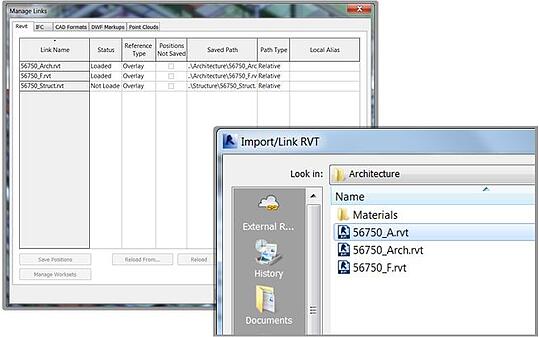
Pinned Element enhancements will prevent you from accidentally deleting elements pinned in your model. Now elements have to be unpinned before they can be deleted.
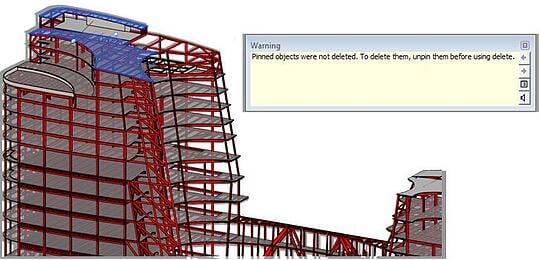
Other subtle improvements include the ability to reorder family parameters to closer follow your company standards via Move Up/Move Down buttons in the family paramenters, and the new 250 character tooltip customization. This tool can help inform users about the purpose of paramaters and improve the quality of information added to your Revit families.
Improvements for Structural and MEP
For structural folks, Revit has improved the analytical model and can now display the Local Coordinates System widgets and are now more consistent between columns, beams and braces. The Autodetect feature also has improved usability. Improvements to rebar and reinforcements, and element handling, along with the addition of paramaters for greater control of structural elements simplifies workflows from design to fabricatrion and increases accuracy of structural designs.
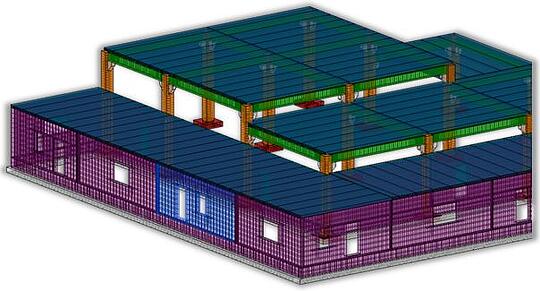
MEP enhancements to calculation methods for pressure drop allow for either Haaland or Colebrook equations for improved accuracy of certain mechanical calculations. Tagging of ductwork has been improved as well and tagging of taps becomes simpler with multiple values in tags allowing for more accurate reporting of conditions.

Finally, Electrical API enhancements allow for the creation of wire shapes and aid the development of specialized plug-ins for electrical design also. The addition of new content improves adherence to industry standards in the U.S. and Japan.

Those who have been using Revit for a while will appreciate the changes that Autodesk has made and new users are enjoying the efforts of many who have come before. While there are things we would like to see added, Revit has come a long way since the first time I saw it so many versions ago. I can tell you that through steady improvements and input from the user community, Revit 2015 is as good as Revit has ever been and we look forward to more improvements in future releases.



Comments